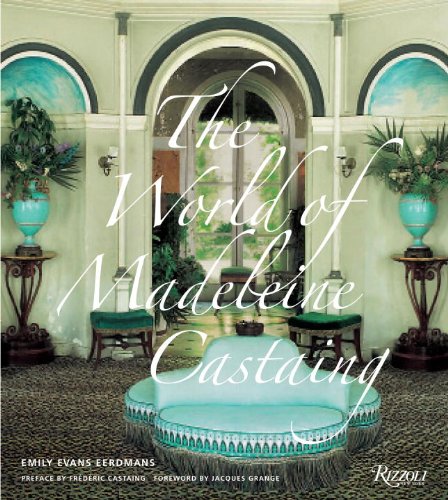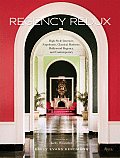Milly, the soignee with a twist ready-to-wear line... M is for Madison Avenue, home of the first Milly store... which is exactly where Blair Waldorf and her preppy chic minions were on last night's episode of Gossip Girl.
M is also for Martell-Donagher, the fearsomely talented designer-architect duo who have stirred up a tasty cocktail of French '40s neoclassicism and the louche glamour of the '70s for the store's design.
Beth Martell and Enda Donagher are no strangers to retail design - they worked previously with the late designer Randall A. Ridless who was responsible for the Burberry stores as well as a place very dear to my feet, the Bergdorf Goodman shoe salon.
The first step in defining a design direction is to distill the essence of the brand. Michelle Smith, the designer and creator of Milly, has a strong affinity for French style and, upon graduating from FIT, interned with several notable French maisons de couture, including Hermes and Christian Dior. Martell-Donagher referenced her Paris training with classic paneled walls and moldings all painted a chalky grey color, a wink to the Dior grey. The overscaled basketweave parquetry floor stained a deep espresso riffs on parquet de Versailles.
Playing with proportion and scale is a time-honored design trick of the trade, and Martell-Donagher pay homage to a few of its masters: Dorothy Draper, whose pagoda bookcase was adapted for the display cabinet above; William Pahlmann with the leopard-upholstered counter above and the original below...
... and Andre Arbus whose iconic 1937 La Maison d'une Famille Francaise was drawn upon for this attenuated door with three paneled circles. The polished and brushed brass knob was extrapolated from a signature Milly handbag closure.
Bold flashes of the 70s, such as a Milo Baughmann brass etagere and sofa and an exploding faceted mirror in the style of Neal Evans-cum-Paul Evans add edge to this proper polished M'amselle.
The cherry on top are the dressing rooms. Each one is wallpapered in a different pattern, including Cecil Beaton's "Beauties in rouge dresses", prompting me to vow once again to paint the inside of my closets as something is somehow more delightful and luxurious when it's private and for your enjoyment exclusively.
And if on this Black Friday, M is also for Mastercard... take a minute on your shopping odyssey to enjoy the design around you. Whether it's Milly or the Mall of America - there is inspiration everywhere...





























































